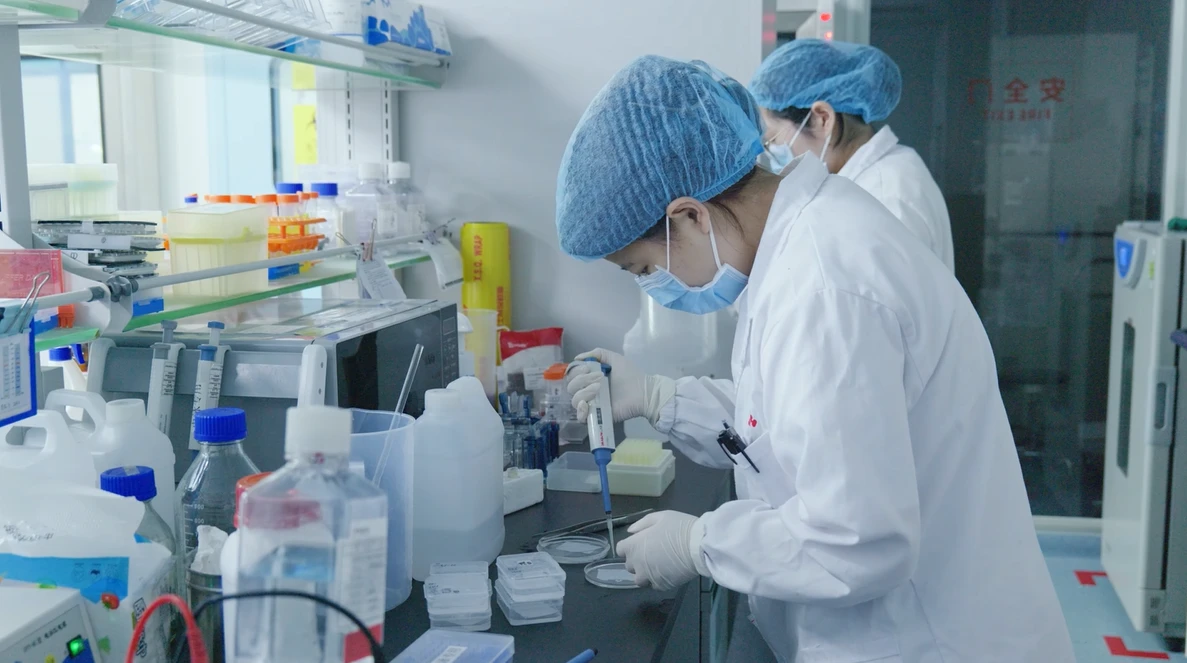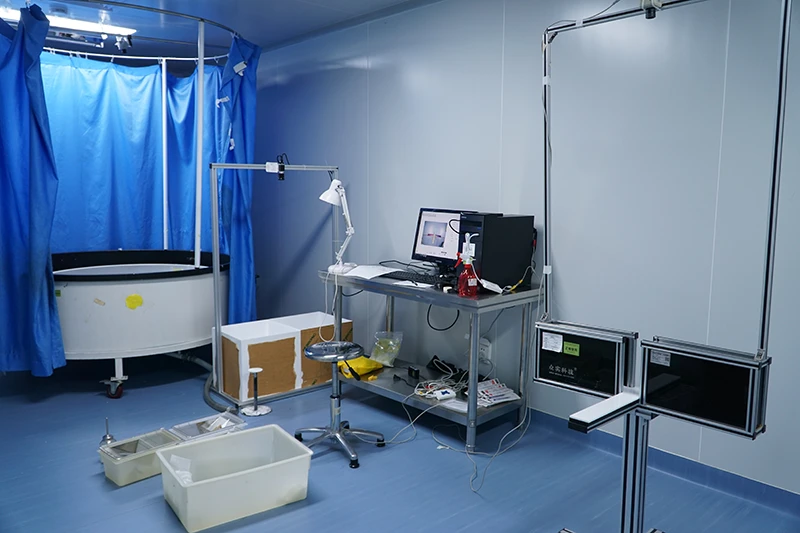- The oleic acid model reproduces core features of ALI: early, rapidly reversible patchy inflammatory lung injury, accompanied by permeability changes, impaired gas exchange, and altered lung mechanics.
- Its main advantage is reproducibility; administering the same oleic acid dose via the same route in different animals yields reasonably reproducible lung injury.Oleic acid infusion provides an excellent model for studying ventilation strategies, lung mechanics, and V/Q distribution during lung injury in both large and small animals.
- A key disadvantage is the requirement for intravenous administration, which is technically challenging, especially in small animals like mice.There is currently no evidence that the pathophysiology of oleic acid-induced injury (direct endothelial toxicity) resembles the underlying ARDS associated with sepsis or aspiration.Consequently, the oleic acid model may not be suitable for studying the pathophysiology of sepsis-induced ALI or therapeutic strategies aimed at modulating the host inflammatory response to reduce lung injury severity.
LPS is a glycolipid composed of a polar lipid head group (Lipid A) and a chain of repeating disaccharides, found in the outer membrane of Gram-negative bacteria. In serum, LPS binds to LPS-binding protein (LBP), forming an LPS:LBP complex. This complex activates the CD14/TLR4 receptor on monocytes, macrophages, and other cells, triggering the production of inflammatory mediators.
LPS is a key mediator of sepsis. Systemic administration exploits the host's response to Gram-negative bacteria, inducing bacterial sepsis, and was one of the earliest principles for LPS modeling. ALI models can be established via intravenous or intratracheal administration.
- Using bacterial LPS to mimic the effects of Gram-negative bacteria in animals and humans offers several advantages:LPS is easy to administer, highly reproducible, and is a potent activator of the innate immune response via the TLR4 pathway with minimal direct cellular toxicity in vitro. Thus, LPS use provides information about host inflammatory responses occurring during bacterial infections.
- A significant disadvantage is that LPS preparations vary in purity and may be contaminated with bacterial lipoproteins and other bacterial materials.







